In the mysterious world of reptiles, the timing of snake hatchlings’ emergence from their eggs represents a fascinating evolutionary strategy that has developed over millions of years. Unlike many other animals that begin their lives in daylight, numerous snake species have evolved to coordinate their hatching during nighttime hours. This nocturnal debut into the world isn’t random chance but rather a sophisticated survival mechanism shaped by evolutionary pressures. From the delicate balance of temperature regulation to avoiding predation, the cover of darkness offers newly hatched snakes distinct advantages as they take their first slithers into an often hostile environment. Understanding these patterns provides valuable insights into reptilian behavior and the complex evolutionary adaptations that ensure species continuation in diverse ecosystems around the world.
Evolutionary Advantages of Nocturnal Emergence
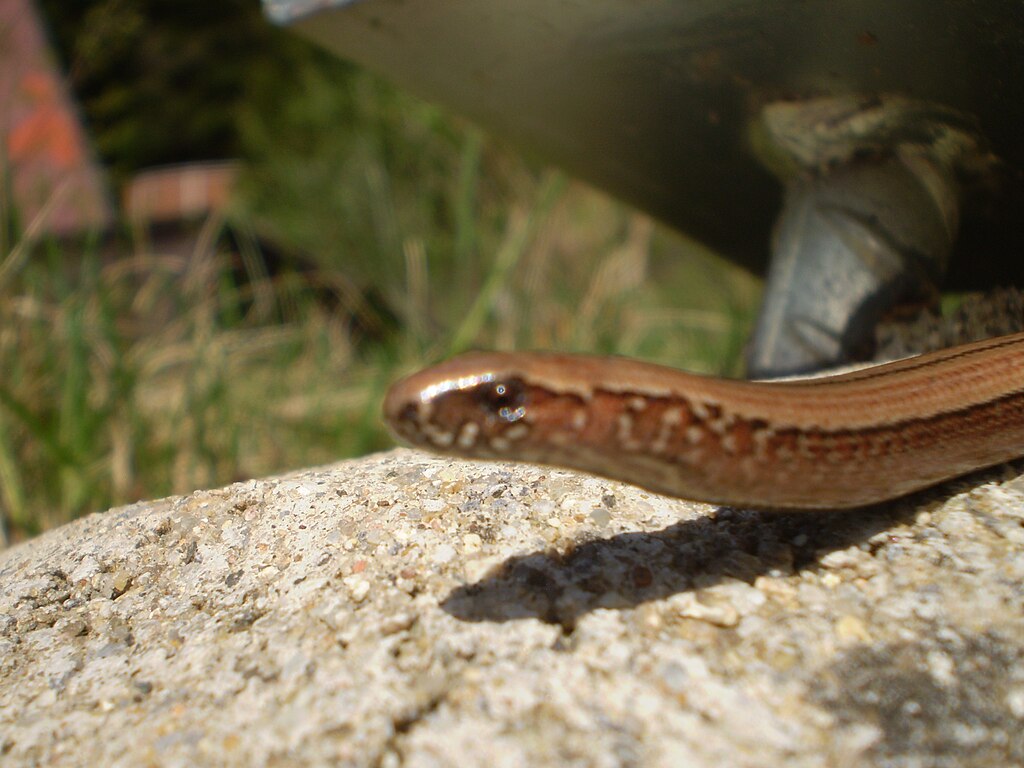
The preference for nighttime emergence in many snake species represents a strategic evolutionary adaptation that has been refined over millions of years. Under the cover of darkness, vulnerable hatchlings have significantly reduced visibility to diurnal predators such as hawks, crows, and other visual hunters that would otherwise make quick meals of the defenseless newborns. Darkness provides a natural cloaking mechanism, allowing the young snakes to disperse from the nest site with minimal detection, increasing their chances of reaching suitable shelter or hiding places before daybreak exposes them. This evolutionary strategy also synchronizes the hatchlings’ first hours with the activity periods of their prey, as many small nocturnal insects and invertebrates become active after sunset, providing immediate feeding opportunities. The consistency of this behavior across numerous unrelated snake species in different ecosystems suggests that nocturnal emergence has independently evolved multiple times, underscoring its significant survival value.
Predator Avoidance Strategies
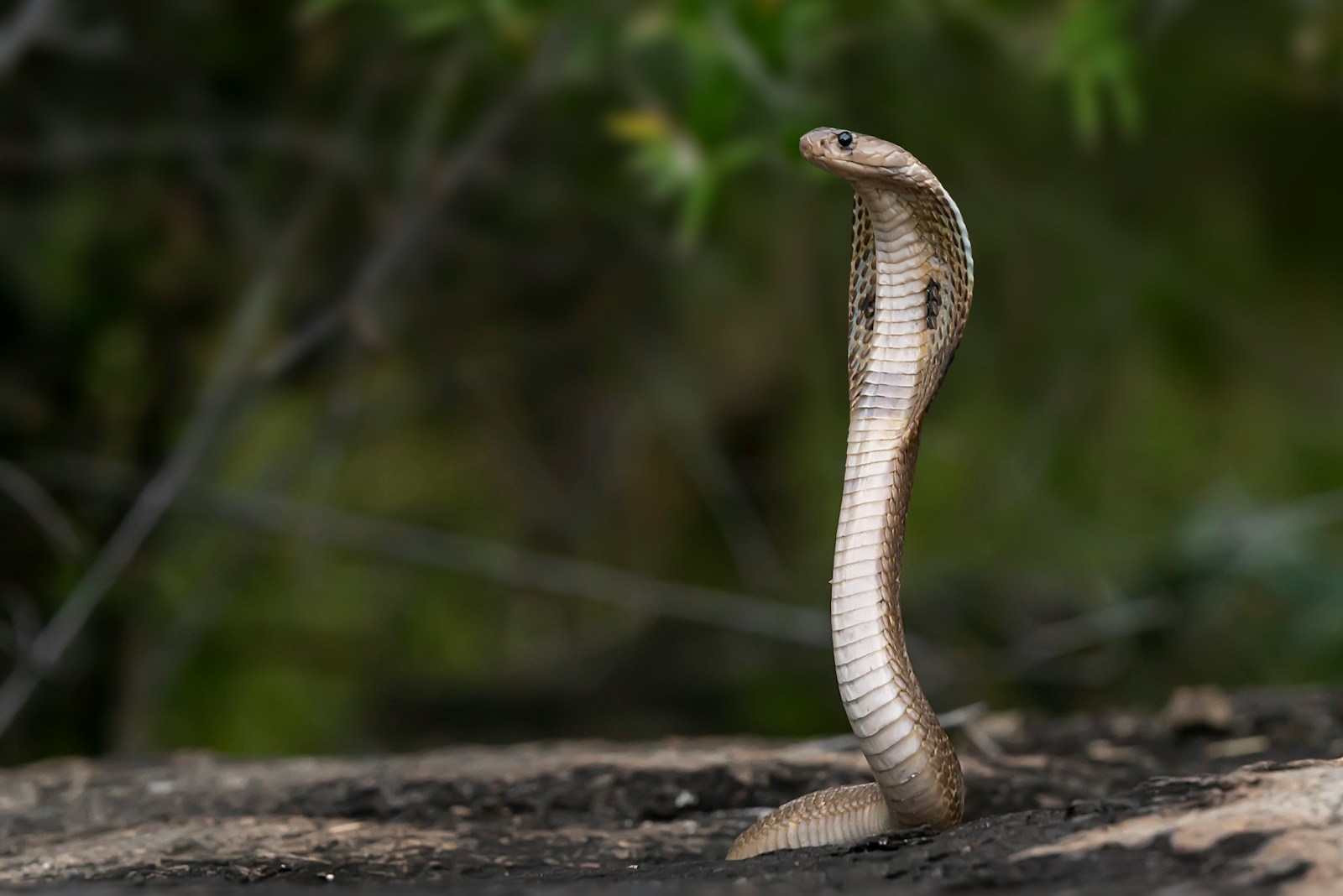
Emerging under the cover of darkness serves as a primary defense mechanism for vulnerable snake hatchlings against the numerous predators that would target them during daylight hours. Newly hatched snakes lack the size, venom potency, defensive behaviors, and experience of their adult counterparts, making them particularly susceptible to predation from birds, mammals, and even larger reptiles. Nighttime emergence specifically helps them avoid visually-oriented predators that hunt during daylight, such as raptors and many lizard species that would quickly spot and consume the small, often brightly-colored hatchlings. Research has documented significantly higher survival rates among hatchlings of species that emerge at night compared to those that hatch during daylight hours in similar habitats. Some species take this strategy further by combining nocturnal emergence with synchronized hatching, where all eggs in a clutch hatch within hours of each other, creating a survival advantage through predator satiation—even if predators discover some hatchlings, they cannot consume all of them before the rest escape.
Temperature Regulation Benefits
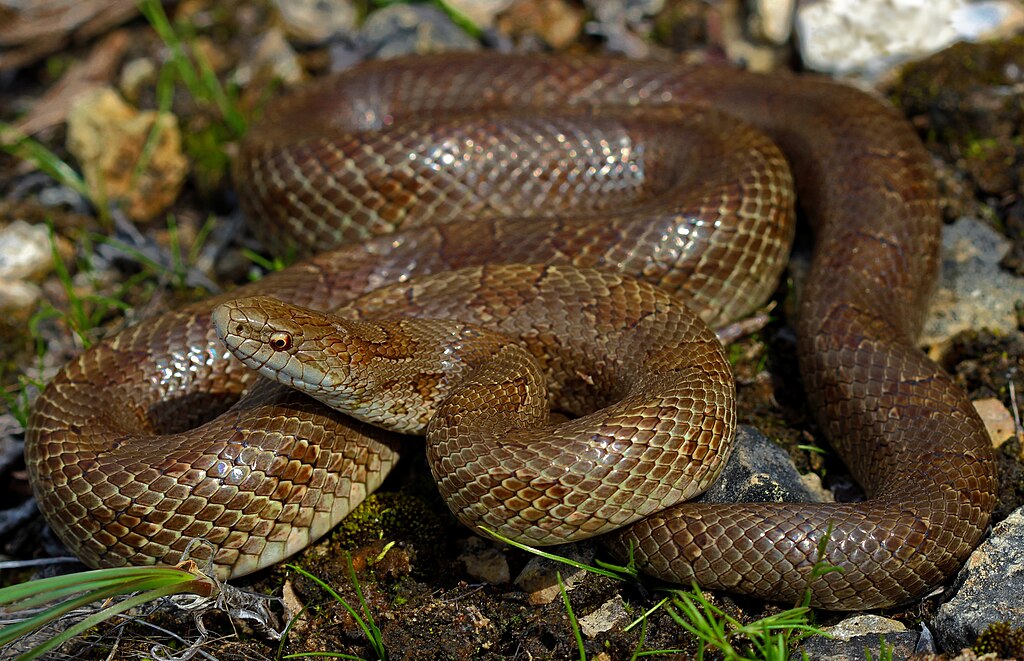
The cooler temperatures of the nighttime environment provide critical thermoregulatory advantages for newly emerged snake hatchlings. Young snakes have a higher surface-area-to-volume ratio than adults, making them particularly vulnerable to rapid dehydration and temperature fluctuations that could quickly become fatal. Emerging at night allows hatchlings to avoid the potentially lethal heat of direct sunlight, especially in desert or tropical regions where daytime surface temperatures can exceed the thermal tolerance of delicate newborns. This nocturnal strategy gives the young snakes time to find appropriate microhabitats where they can shelter during the following day, gradually adapting to temperature variations while maintaining proper hydration levels. Studies comparing the physiological stress markers in hatchlings emerging at different times have confirmed that those hatching at night experience less thermal stress and show better initial condition scores than those forced to contend with daytime temperatures immediately after hatching.
Moisture Conservation Mechanism

Nighttime emergence plays a crucial role in moisture conservation for newly hatched snakes, representing a significant survival advantage in many habitats. The higher humidity levels typically present during night hours help prevent rapid desiccation in hatchlings, whose small bodies and permeable skin make them particularly susceptible to dehydration. This moisture retention is especially important during the hatchlings’ first movements away from the nest site, as they must navigate to suitable microhabitats without depleting their limited water reserves. In arid environments, the difference between day and night humidity levels can be dramatic, with nighttime emergence allowing hatchlings to benefit from dew formation and increased ambient moisture that would be absent during daylight hours. Research has demonstrated that hatchlings emerging at night can maintain healthier hydration levels during their crucial first 24-48 hours of life, directly correlating with improved survival rates and better initial growth trajectories compared to those emerging during drier daytime conditions.
Species-Specific Patterns
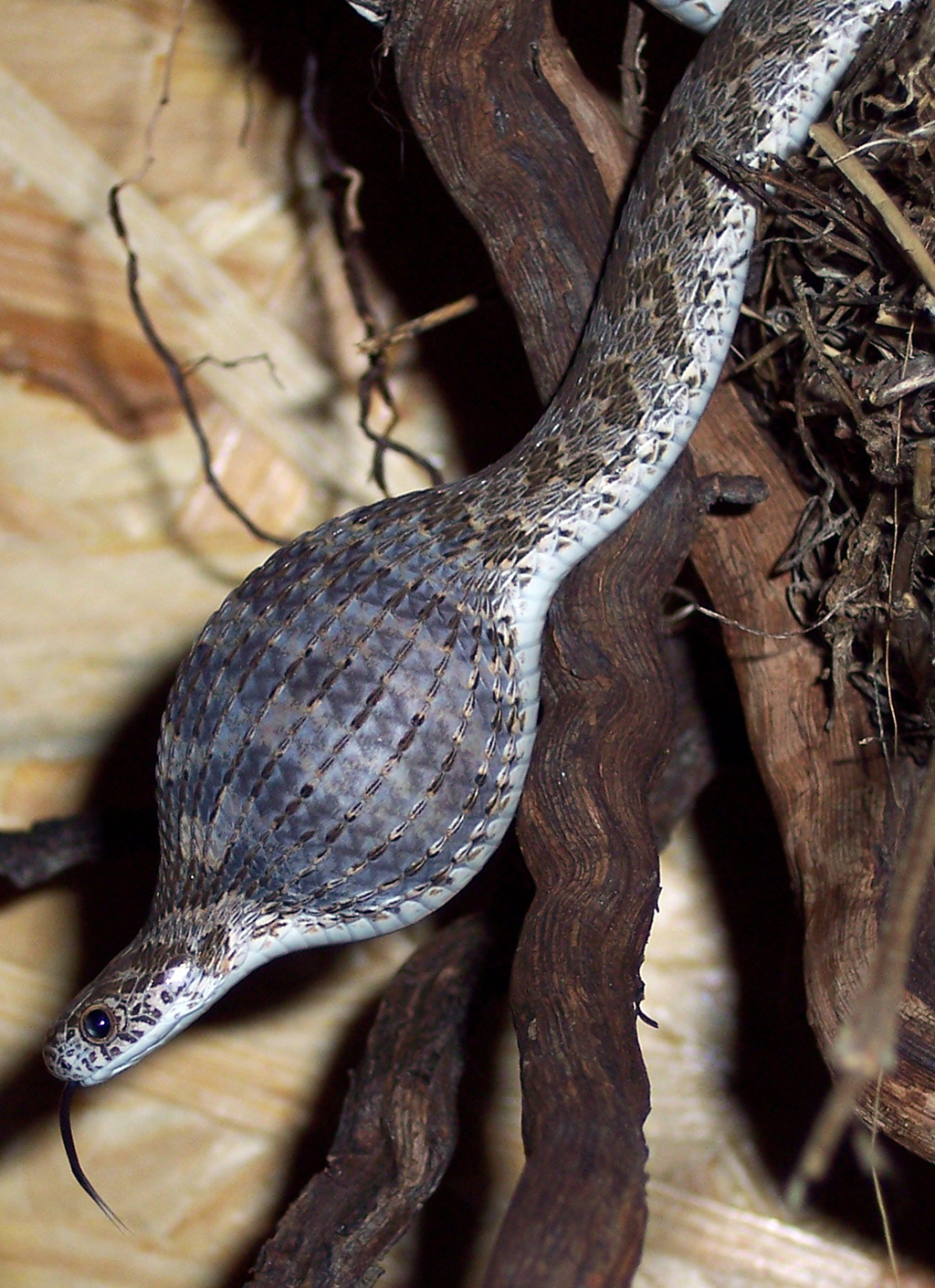
The tendency toward nocturnal hatching varies significantly across snake families and species, reflecting their evolutionary history and ecological niches. Pit vipers (family Viperidae), including rattlesnakes and copperheads, show a particularly strong predisposition for nighttime emergence, with studies documenting that over 85% of hatchings occur between sunset and sunrise. Many colubrid species, like rat snakes and king snakes, also predominantly hatch at night, though with more variability depending on the specific habitat and regional adaptations. Interestingly, some primarily diurnal species still maintain nocturnal hatching patterns, suggesting this trait’s deep evolutionary roots and survival value even when adult activity patterns have shifted to daytime. In contrast, certain egg-laying pythons and boas show less consistent nocturnal emergence, particularly those species that provide maternal care by coiling around eggs until hatching, as this parental protection may reduce some selective pressures for nighttime hatching. These varied patterns across the snake phylogenetic tree provide valuable insights into the evolution of reproductive strategies and how different lineages have adapted their hatching timing to maximize offspring survival.
Environmental Triggers
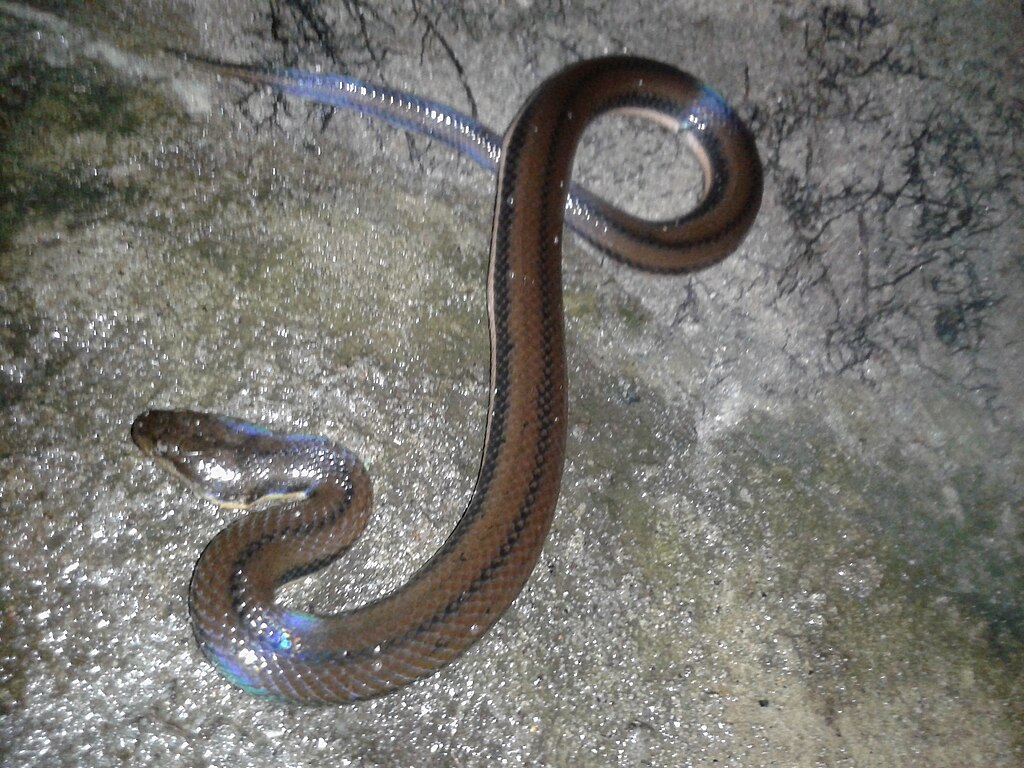
The precise timing of nocturnal emergence in snake hatchlings depends on sophisticated environmental cues that trigger the hatching process. Temperature fluctuations play a crucial role, with the natural cooling that occurs at sunset often serving as a primary signal that initiates coordinated hatching within a clutch. Research has documented how even subtle drops of 2-3°C can stimulate hatching activity in eggs that are physiologically ready to hatch. Decreasing light levels also serve as important zeitgebers, with laboratory studies confirming that eggs maintained in controlled temperature environments still respond to light cycle changes by preferentially hatching during dark periods. Some species appear to utilize barometric pressure changes as additional cues, with hatching events frequently correlating with slight pressure drops that often precede nightfall. These multiple, redundant environmental triggers ensure that hatching is optimally timed to coincide with the most favorable conditions for survival, demonstrating the remarkable sensitivity of developing embryos to their external environment even while enclosed within the egg.
Synchronized Hatching Phenomena
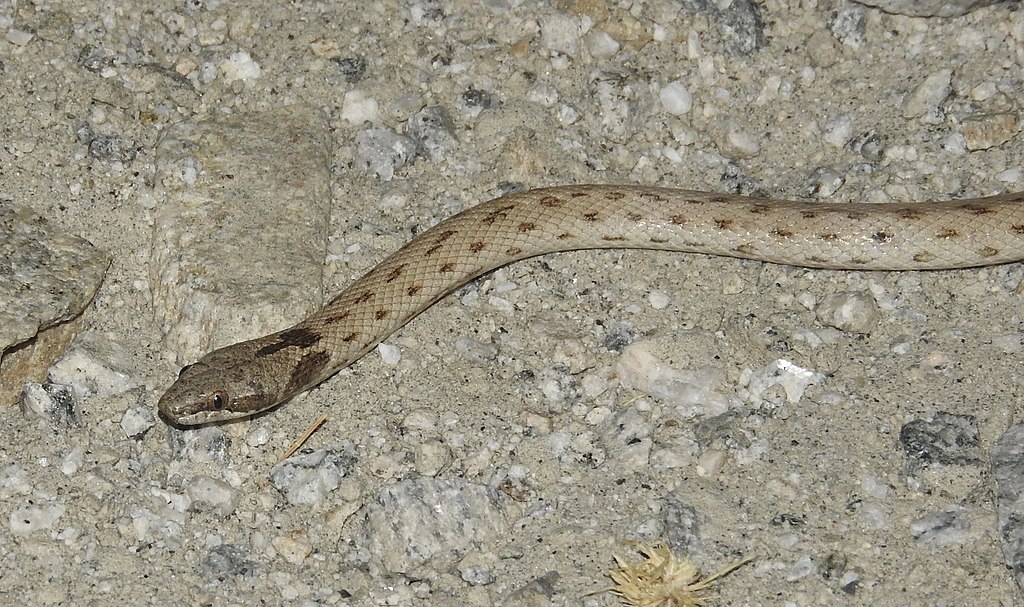
Many snake species exhibit remarkable synchronization in their hatching, with entire clutches emerging within hours of each other despite development variations that might otherwise lead to staggered hatching over several days. This synchronized emergence typically occurs during optimal nighttime conditions and represents a sophisticated evolutionary strategy that benefits the hatchlings through several mechanisms. By emerging en masse at night, the group of siblings creates a predator satiation effect, where local predators cannot possibly consume all available hatchlings before many escape to safety. Studies of rattlesnake dens have documented how hatchlings in the same clutch communicate through subtle vibrations and chemical signals that coordinate their hatching times, with more developed embryos sometimes delaying emergence while less developed siblings accelerate their final development stages. This phenomenon is particularly evident in communal nesting species like some rat snakes and pythons, where multiple females may lay eggs in the same location, resulting in dozens or even hundreds of hatchlings emerging during the same night, overwhelming the local predator population’s capacity to respond effectively.
Physiological Preparation
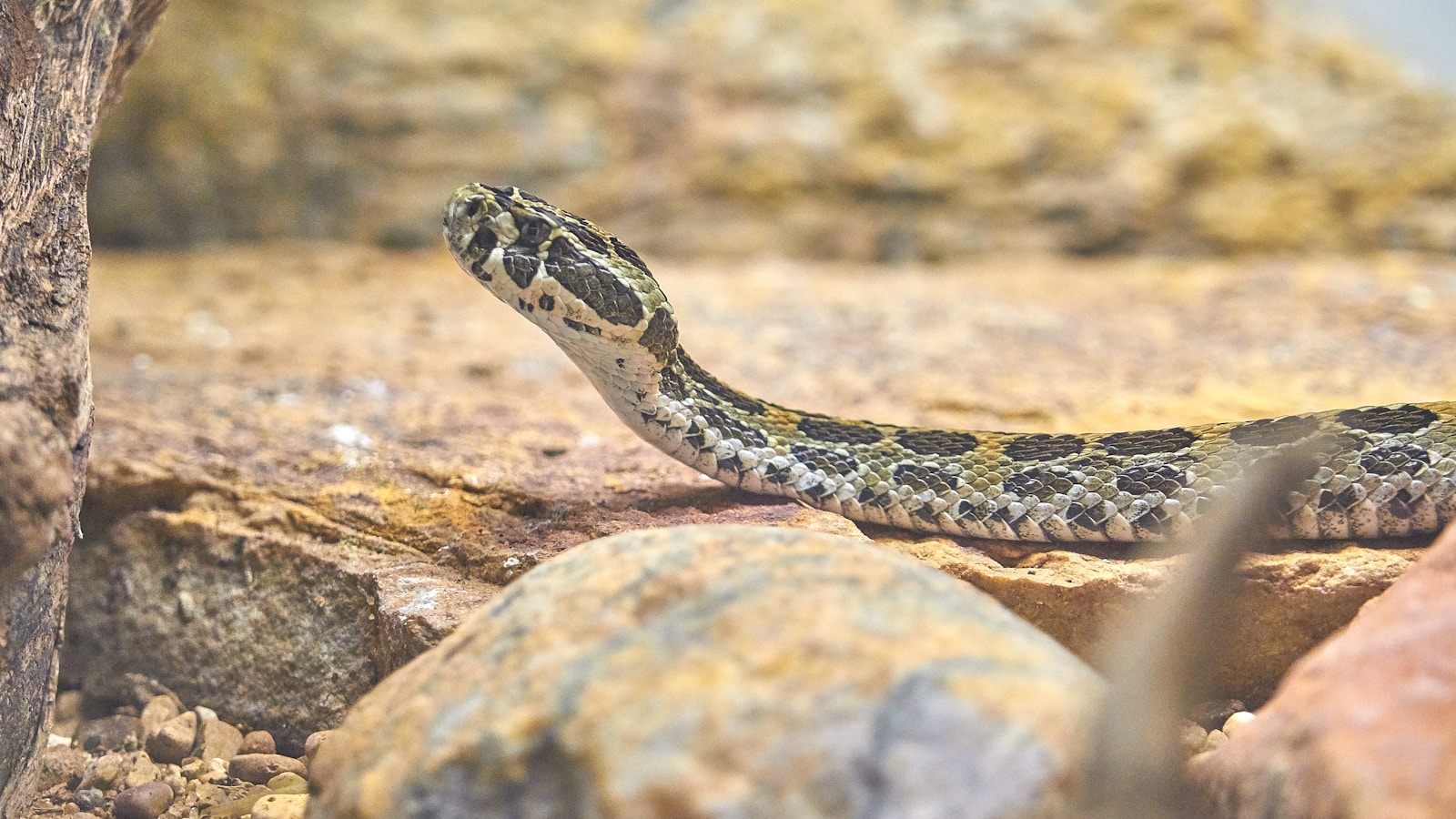
Snake embryos undergo specific physiological preparations before nocturnal emergence that enhance their ability to function effectively in darkness. During the final stages of development, the eyes and visual system undergo accelerated maturation, with rod cells (responsible for low-light vision) developing earlier and more extensively than cone cells (for color vision in brighter conditions). This prioritization of scotopic (night) vision provides immediate visual functionality in the low-light conditions the hatchlings will face upon emergence. Concurrent with visual development, the thermoregulatory systems become increasingly sensitive, allowing hatchlings to detect minute temperature gradients that help them locate suitable microhabitats during their first night above ground. The timing of yolk absorption is also synchronized with expected emergence, ensuring hatchlings have maximum energy reserves available precisely when they need to disperse from the nest site. This physiological orchestration represents a remarkable example of how environmental pressures have shaped developmental timing to align with the ecological conditions that maximize survival prospects.
First Night Behavior Patterns

The behavior of snake hatchlings during their first night of life follows distinct patterns that enhance survival during this critical period. Upon emergence, most species exhibit an immediate dispersal behavior, moving rapidly away from the nest site, which could attract predators due to the concentration of hatchling scent and egg remains. Tracking studies using miniature radio transmitters and fluorescent powders have documented that hatchlings can travel surprisingly long distances during their first night, with some species covering over 100 meters before seeking shelter at dawn. This initial movement typically follows non-random patterns, with hatchlings orienting toward habitat features that provide appropriate shelter, such as rock crevices, fallen logs, or dense vegetation. During this dispersal phase, most hatchlings display an enhanced startle response and freeze behavior when detecting potential threats, relying on their often cryptic coloration rather than attempting to flee, which would increase their visibility to motion-sensitive predators. These innate behavioral patterns demonstrate how natural selection has optimized first-night behavior to maximize survival chances during this period of extreme vulnerability.
The Role of Lunar Cycles

Research has revealed intriguing correlations between lunar cycles and the timing of snake hatching events, suggesting that moonlight intensity may influence emergence patterns in some species. Multiple field studies have documented significantly higher hatching rates during the new moon phase when compared to full moon periods, particularly in open habitat species where moonlight would substantially increase visibility to nocturnal predators. This pattern appears especially pronounced in venomous species like rattlesnakes and certain vipers, whose brightly colored juvenile patterns would be more conspicuous under moonlight. Laboratory experiments controlling for other variables have confirmed that eggs maintained under simulated full moon light conditions often delay hatching compared to those in new moon conditions, sometimes by several days. The mechanism behind this lunar sensitivity likely involves the detection of light penetrating through the semi-translucent eggshell or substrate, providing developing embryos with information about external illumination conditions. This adaptation represents another layer of sophistication in how snake reproduction has evolved to synchronize with environmental conditions that maximize offspring survival.
Climate Change Impacts

Climate change is beginning to disrupt the finely-tuned nocturnal emergence patterns of many snake species, with potentially serious consequences for hatchling survival. Rising ambient temperatures are altering the thermal gradients that serve as primary cues for hatching timing, in some cases triggering premature emergence during less optimal daytime hours. Long-term monitoring of rattlesnake rookeries in the American Southwest has documented a disturbing trend of increasing daytime emergences over the past two decades, correlating with regional temperature increases and more frequent heat waves. These timing disruptions expose vulnerable hatchlings to heightened predation risk and thermal stress, with studies indicating up to 30% lower survival rates for daytime emergers compared to their night-emerging counterparts. Additionally, changing precipitation patterns are affecting soil moisture levels in nesting sites, which can influence development rates and emergence timing, sometimes causing eggs to hatch during unsuitable conditions. These climate-driven disruptions to reproductive timing highlight the vulnerability of even well-established evolutionary adaptations to rapid environmental change, raising concerns about how reptile populations will adapt to accelerating climate shifts.
Research Methodologies
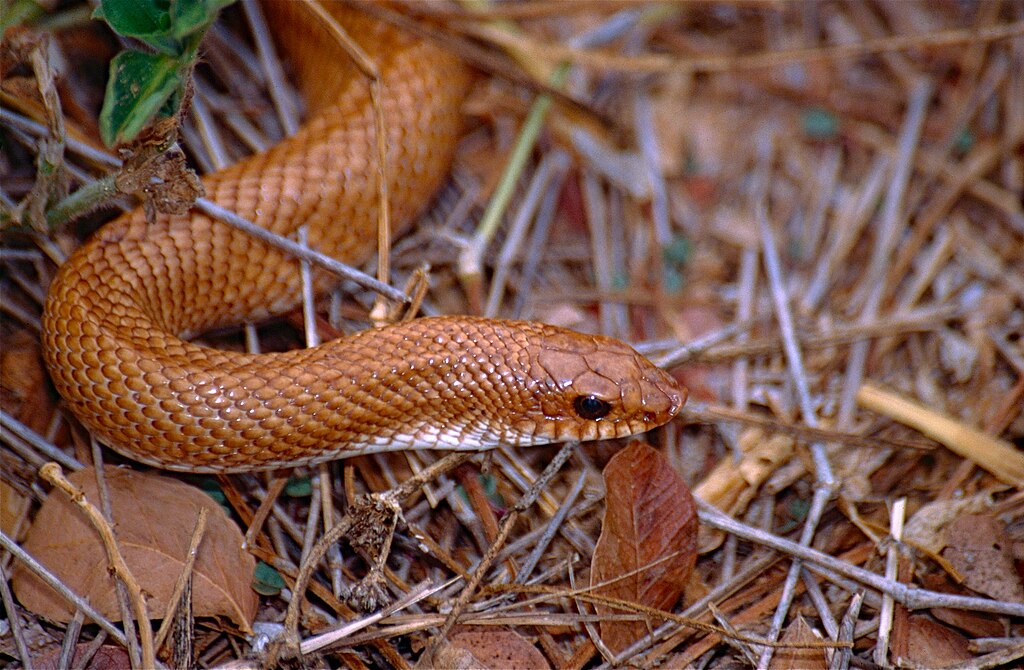
Scientists employ sophisticated methodologies to study the nocturnal emergence patterns of snake hatchlings, combining field observations with controlled laboratory experiments. In field settings, infrared time-lapse photography has revolutionized observation capabilities, allowing researchers to document natural emergence events without the disruptive influence of artificial lighting that might alter behavior. Tiny passive integrated transponder (PIT) tags inserted into eggs shortly before hatching enable individual identification and tracking of hatchlings, providing valuable data on dispersal patterns and survival rates during the critical first days of life. In laboratory settings, researchers utilize climate-controlled incubation chambers that can precisely manipulate temperature, humidity, light cycles, and even barometric pressure to isolate the specific environmental triggers that initiate hatching. These controlled experiments often employ split-clutch designs, where eggs from the same mother are divided between different treatment conditions, controlling for genetic variation while testing environmental factors. The combination of these approaches has significantly advanced our understanding of the complex interplay between environmental cues and the timing of snake hatching, revealing sophisticated adaptations that maximize survival in different ecological contexts.
Conservation Implications

Understanding the nocturnal emergence patterns of snake hatchlings carries significant implications for conservation efforts, particularly for threatened and endangered species. Conservation breeding programs now incorporate knowledge of natural hatching rhythms into their protocols, timing egg incubation to ensure hatchlings emerge during optimal nocturnal conditions even in captive settings, which significantly improves survival rates upon eventual release. Habitat protection efforts increasingly recognize the importance of maintaining not just adult snake habitat but also the specific microhabitat features that provide suitable conditions for nocturnal hatchling emergence and initial dispersal. Light pollution has emerged as a particular concern, with research documenting how artificial lighting can disrupt natural hatching cues and expose emerging hatchlings to increased predation; this has led to modified lighting regulations in sensitive conservation areas. Reintroduction programs for endangered species now carefully time release efforts to coincide with natural emergence patterns, often returning captive-hatched juveniles to the wild during night hours to maximize their chances of successful integration. These conservation applications demonstrate how fundamental research into natural history can translate directly into more effective protection strategies for vulnerable species.
Conclusion
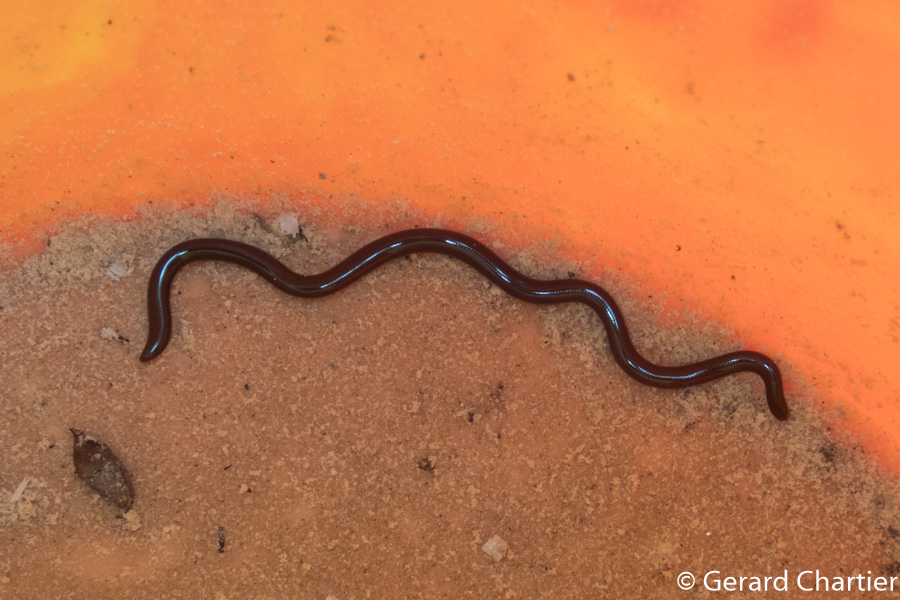
The nocturnal emergence of snake hatchlings represents a remarkable evolutionary adaptation that has independently developed across numerous species and families. This timing strategy provides critical advantages in predator avoidance, temperature regulation, and moisture conservation during the most vulnerable period of a snake’s life. The sophisticated environmental cues that trigger synchronized hatching and the complex physiological preparations that precede emergence highlight the remarkable ways that natural selection has fine-tuned reproductive strategies to maximize offspring survival. As climate change begins to disrupt these ancient patterns, understanding the mechanisms and importance of nocturnal emergence becomes increasingly relevant for conservation efforts. The next time you encounter a snake in the wild, consider that its very existence may depend on having taken its first slither under the protective veil of darkness, a testament to the intricate adaptations that allow these fascinating reptiles to thrive in diverse ecosystems worldwide.





